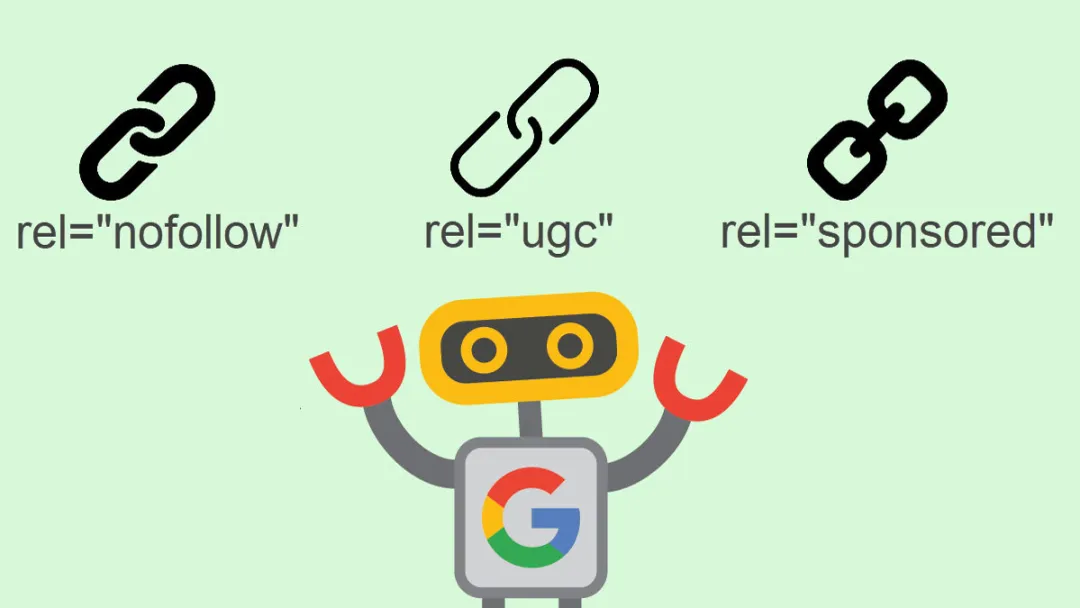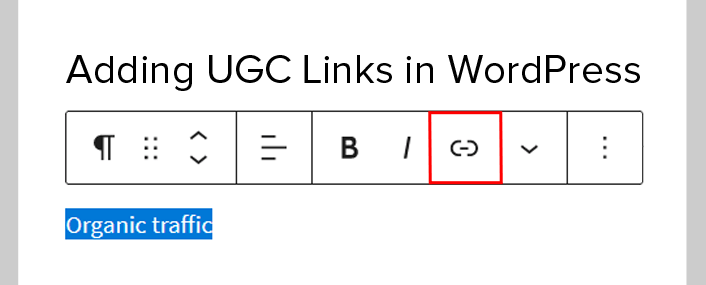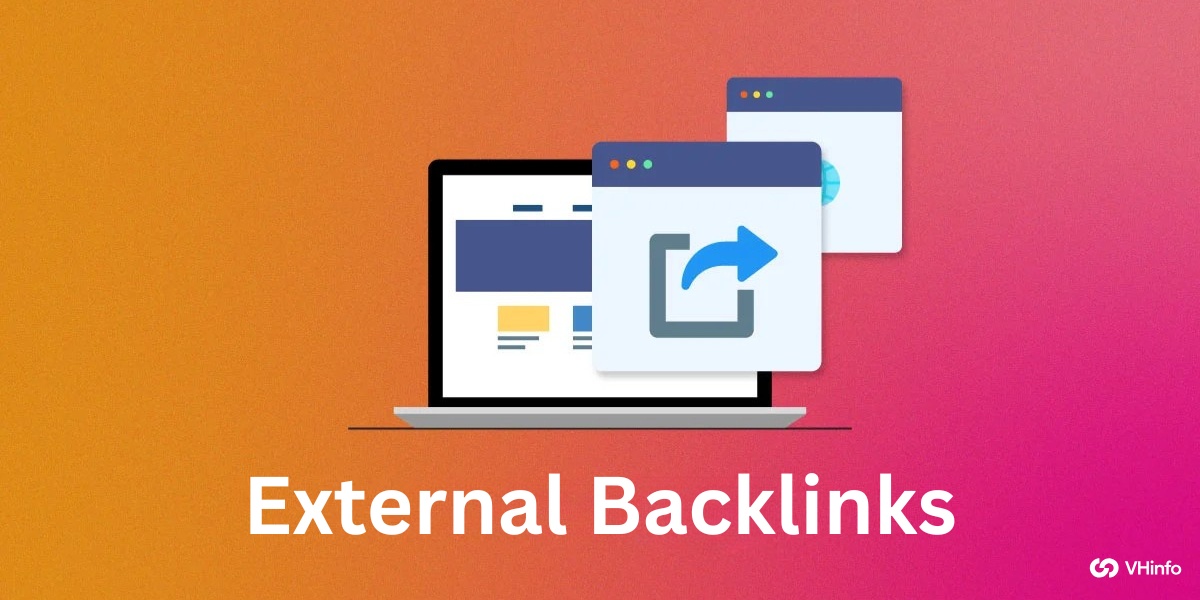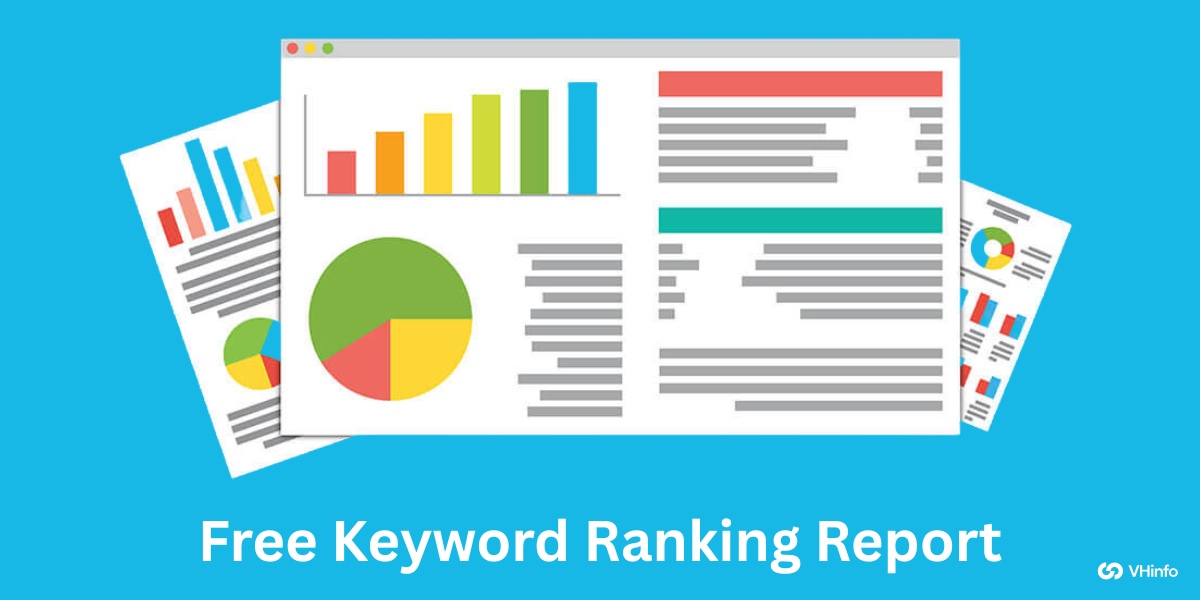For any website to succeed, it needs a smart SEO strategy. A big part of that strategy involves links. Links help search engines like Google find and rank your pages. But not all links are the same. There is more than one kind of link, and each one tells Google something different.
One important link attribute that has become more significant is the ugc link. Knowing what a ugc link is and how to use it is a key piece of modern search engine optimization. This guide will give you clear, direct advice on how to manage this kind of link for better SEO efforts.
What Is A UGC Link?

To talk about a ugc link, we first have to talk about UGC itself. It’s a simple idea that affects how site owners manage their websites.
Defining User-Generated Content (UGC)
User-Generated Content, or UGC, is any content that your users or visitors create on your website, not you.
Think about blog comments where people share their thoughts, reviews they leave for a product, or messages they write in forum posts. This content is valuable because it shows your site is an active community. However, the links inside this content need special attention.
Introducing the Rel=”UGC” Link Attribute
When a user puts a link in their content, you can add a special tag to it in the website’s HTML code. This tag is rel=”ugc“. The “rel” stands for relationship, and “ugc” tells search engines that the link is from User-Generated Content.
So, a ugc link is simply an external link from a comment or forum post that has this special ugc attribute. This ugc link attribute signals to Google that the site owners did not place the link themselves.
Why Google Introduced the UGC Attribute?
Google introduced the ugc attribute to get a better picture of the web. Before this tag, search engines had a hard time telling the difference between a link you endorsed and a link someone just dropped in your comments.
This new link attribute helps Google identify which links come from users. It allows Google to better analyze link patterns and fight against manipulative practices like comment spam, which helps improve the quality of Google search results.
The Evolution of Link Attributes: From Nofollow to UGC

The rel=”ugc” tag is part of a bigger story about how links on the internet are managed. It started with a common problem: spam.
The Original Problem: Tackling Comment and Forum Spam
Years ago, some people tried to trick search engines. They would leave hundreds of spam comments on different blogs and forums with links back to their websites. They hoped this would improve their search engine rankings.
This practice, known as comment spam, made it hard for site owners to maintain quality and created a lot of noise for search engines. A solution was needed to identify and devalue these low-quality inbound links.
The Role of the Rel=”Nofollow” Attribute Before 2019
The first solution was the nofollow attribute. When site owners added rel=”nofollow“ to a link, it was a clear instruction to Google: “Do not count this link. Do not pass any ranking power through it.”
For many years, the nofollow attribute was the primary tool for fighting comment spam. Most platforms, like WordPress, automatically applied these nofollow tags to all links in blog comments. These nofollow links were a core part of any good SEO strategy.
Google’s 2019 Update: Introducing Sponsored and UGC As Hints
In 2019, Google changed the game. It announced two new rel values: rel=”sponsored” and rel=”ugc“.
At the same time, it said that all these attributes, including the nofollow attribute, would now work as “hints” instead of strict rules.
This means Google takes them as strong suggestions but might use its own judgment. The sponsored attribute is for paid placements, while the ugc link attribute is for user content, giving site owners more specific tools for a better link profile.
Why UGC Links Are Important For Your Website’s SEO?

Using the ugc link attribute correctly is more than just following rules; it directly affects your site’s health and your search engine optimization performance.
Signaling Content Origin to Search Engines
The main job of a ugc link is to tell search engines where a link came from. It says, “A user posted this, not me.”
This clarity helps Google trust your website more. When you properly label your external links, you show that you are managing your site responsibly according to Google guidelines. This signal is an important part of technical search engine optimization.
How Google Treats UGC Links Vs. Standard Links
Google treats a ugc link differently than a standard one.
A standard link, sometimes called a dofollow link, is seen as an endorsement. It passes ranking power to the linked page.
A ugc link, however, is not seen as a direct endorsement. Because it is a hint, Google might decide not to pass any value, or it might choose to pass some value if it thinks the link is from a trusted source on a relevant topic.
These are different from nofollow links, which were more of a command to ignore the link.
Preventing Penalties From Link Schemes
One of the biggest benefits of using the ugc attribute is protection. If your comment section is full of spammy, low-quality external links and you haven’t marked them as UGC, Google might think you are part of a link scheme. This could hurt your search rankings.
Correctly using ugc tags on all user-submitted links protects your site from potential penalties related to manipulative link building.
Impact on Link Equity and PageRank Flow
Link equity, or “link juice,” is the SEO value that a link passes from one page to another.
While the original nofollow attribute was designed to block this flow completely, the ugc attribute works as a hint. This means Google can, in some cases, allow a ugc link to pass some SEO value.
This is especially true if the link comes from a longtime, trusted member of your community. A healthy site has a diverse link profile with many different types of inbound links, and managing the number of ugc links is part of that.
UGC Vs. Nofollow Vs. Sponsored: Key Differences

It’s important to know when to use each of the three main link attributes.
Each one serves a different purpose and sends a different signal to search engines.
- Rel=”UGC”: For Links Within User-Created Content – Use the ugc attribute specifically for links that your visitors and users add to your site. This is the correct link attribute for links found in blog comments and forum posts. It tells search engines, “This content came from a user.”
- Rel=”Sponsored”: For Paid Or Advertorial Links – Use the sponsored attribute for any link that you were paid to place on your site. This includes advertisements, paid reviews, or any sponsored links. A sponsored link must be marked this way to follow Google guidelines and maintain transparency with search engines.
- Rel=”Nofollow”: The Catch-All For Untrusted Links – The nofollow attribute is now used for situations where you want to link to a page but don’t want to imply any kind of endorsement, and ugc or sponsored don’t apply. Think of it as a general “I don’t vouch for this” tag. Many site owners still use nofollow links as a general safety measure for any external link they are unsure about.
A Quick Comparison Table
| Attribute | When to Use It | Google’s Interpretation |
|---|---|---|
| rel=”ugc” | Links in user comments, forum posts, and reviews. | Hint: Link is from user content. |
| rel=”sponsored” | Paid links, ads, sponsored content. | Hint: This is a sponsored link. |
| rel=”nofollow” | Any link you don’t trust or endorse. | Hint: Do not associate my site with this linked page. |
Can You Combine These Attributes?
Yes, you can. For example, if you want to nofollow a link in a user-generated comment, you can use rel=”ugc nofollow“.
This gives search engines even more information. It’s often used as a safe default for user content, telling Google that it’s from a user and you don’t want to endorse it. Combining rel values like this is perfectly acceptable.
When and Where to Use the Rel=”UGC” Attribute (With Examples)

Here are the most common places where you should use the ugc link attribute.
- Blog Comment Sections: This is the most common use case. Any time a reader leaves a link in the comments of your blog, that link should automatically have a ugc attribute applied to it. Example: <a href=”userswebsite.com” rel=”ugc”>Check out my site!</a>
- Public Forum Posts and Signatures: If you run a forum, all links posted by users in their messages or in their profile signatures should be marked with the ugc attribute. This helps manage the huge number of external links that can appear in active forum posts.
- User Reviews With Website Links: On an e-commerce or review site, customers might leave reviews that include a link to their own blog or social media profile. These links are classic examples of user-generated content and need a ugc link attribute.
- Wiki Pages Or Community-Edited Content: On sites like Wikipedia, where many different people can add and edit content, links added by the community should use the ugc tag. This helps differentiate between links added by the site’s administrators and those added by the public.
How to Implement UGC Links on Your Website?

Adding the ugc attribute can be done in a few different ways, depending on your website’s platform.
- Manual Implementation in HTML: If you are editing a webpage directly, you can add the attribute to the link’s HTML code. You simply add rel=”ugc” inside the anchor tag (<a>). The final HTML code will look like this: <a href=”http://example.com” rel=”ugc”>This is the link text</a>. The text between the tags is known as the anchor text.
- Automatic Implementation in WordPress: Good news for WordPress users: since version 5.3, WordPress automatically adds the rel=”ugc” attribute to all links in blog comments. You don’t have to do anything. This helps millions of site owners automatically follow best practices for search engine optimization.
- Implementation on Other CMS Platforms (Shopify, Wix, etc.): Other platforms may handle this differently. Some might apply the ugc link attribute automatically, while others may require you to install a plugin or app. Check the documentation for your specific CMS to see how it handles external links in user-generated content.
- Auditing Your Site For Correct UGC Link Usage: It’s a good practice to periodically check your site to make sure the attributes are being used correctly. At VH Info, when we analyze a client’s link profile, we check to see that all user-submitted links have the proper ugc tags. Making sure all your rel values are correct across your website is a key part of any technical SEO strategy and helps improve website traffic from website visitors.
Best Practices For Managing UGC Links

Just using the tag isn’t enough. You also need a strategy for managing the user content on your site.
Automatically Apply Rel=”UGC” to All User Submissions
The best way to keep your site safe is to set it up correctly. You should make sure your site adds the rel=”ugc” tag to every link a user submits. This helps stop spam comments from hurting your site.
It also makes things easier for you, so you don’t have to worry. This practice is key to a good link profile.
Moderating Your UGC Sections For Spam
The UGC tag tells Google not to trust a link. However, it does not stop people from seeing spam on your site.
You still need to check your comment sections and forums. This helps you remove clear spam comments. A clean site that is well checked gives visitors a better experience. It also helps build trust with users. This trust can help improve your search rankings.
Should You Ever Remove The UGC Tag For Trusted Contributors?
This is a tough question. Some site owners think about removing the ugc or nofollow tags. They do this for links from trusted community members. They see it as a reward. This change would make their link a dofollow link. It would pass more SEO value.
But, this can be risky and hard to manage. For most websites, the safest way is to keep the ugc tags on all user-submitted links.
FAQ’s:
Do I Need to Change My Old Nofollow Links to UGC?
No. Google has stated that you do not need to go back and change your existing nofollow links in comments to ugc. The nofollow attribute is still understood by search engines, so you can leave them as they are. Your seo efforts are better spent on new content.
What Happens If I Don’t Use the UGC Attribute on User Content?
If you don’t use the ugc attribute, Google may treat links from your users as if you endorsed them. If those links are spammy, it could negatively affect your site’s reputation and its performance in Google search. It’s a risk that is easy to avoid. This is a vital ranking factor.
Can A UGC Link Still Pass SEO Value?
Yes. Since the ugc link is a “hint,” not a directive, Google can choose to pass SEO value through it. If a highly respected expert leaves a very relevant, high-quality link in your comments, Google might see that link as valuable and count it as a positive signal for the linked page.
What Are the Risks If I Misuse UGC Link Attributes?
Misusing any link attribute can confuse search engines. For example, if you label a sponsored link as a ugc link, you are sending a wrong signal. Consistently misusing these attributes could be seen as an attempt to manipulate search rankings, which can lead to penalties.
Is Rel=”UGC” A Directive Or A Hint For Google?
It is a hint. This is a key difference from how the old nofollow attribute worked. A hint gives Google more flexibility to analyze the link based on its own systems and decide how much weight, if any, it should carry.
Can UGC Links Help Or Hurt My Link Building Strategy?
They can do both. A large number of ugc links from an active community signals a healthy, engaging website, which is good. However, if your UGC sections are full of unmoderated comment spam, it can hurt your site’s reputation.
Conclusion
The ugc link is a simple but powerful tool for modern search engine optimization.
Accurately tagging links in blog comments, forum discussions, and various user-generated content offers significant clarity to search engines.
This enhances the perception of your link profile by Google, safeguards your site, and contributes to a transparent and effective SEO approach. For site owners, managing every kind of link, from internal links to external links, is a continuous process.
Proper link building and management are fundamental to growing your SaaS brand. If you need expert guidance on refining your backlink strategy and ensuring your site follows the latest Google guidelines, the team at VH-info is here to help.


